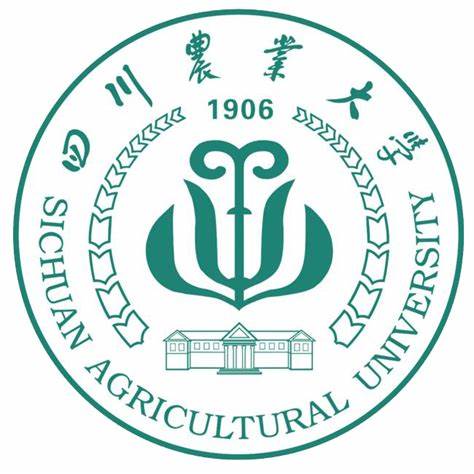An effector protein of Fusarium graminearum targets chloroplasts and suppresses cyclic photosynthetic electron flow
作者: 刁圣轩 审稿人:魏育明 时间: 2024-10-30 点击次数:次
Plant Physiology,kiae538,04 October 2024
Minxia Jin,Su Hu,Qin Wu,Xiangran Feng,Yazhou Zhang,Qiantao Jiang,Jian Ma,Pengfei Qi,Guoyue Chen,Yunfeng Jiang,Youliang Zheng,Yuming Wei,Qiang Xu
Abstract
Chloroplasts are important photosynthetic organelles that regulate plant immunity, growth, and development. However, the role of fungal secretory proteins in linking the photosystem to the plant immune system remains largely unknown. Our systematic characterization of 17 chloroplast-targeting secreted proteins ofFusarium graminearumindicated that Fg03600 is an important virulence factor. Fg03600 translocation into plant cells and accumulation in chloroplasts depended on its chloroplast transit peptide. Fg03600 interacted with the wheat (Triticum aestivumL.) proton gradient regulation 5-like protein 1 (TaPGRL1), a part of the cyclic photosynthetic electron transport chain, and promoted TaPGRL1 homo-dimerization. Interestingly, TaPGRL1 also interacted with ferredoxin (TaFd), a chloroplast ferredoxin protein that transfers cyclic electrons to TaPGRL1. TaFd competed with Fg03600 for binding to the same region of TaPGRL1.Fg03600expression in plants decreased cyclic electron flow (CEF) but increased the production of chloroplast-derived reactive oxygen species (ROS). Stably silencedTaPGRL1impaired resistance to Fusarium head blight (FHB) and disrupted CEF. Overall, Fg03600 acts as a chloroplast-targeting effector to suppress plant CEF and increase photosynthesis-derived ROS for FHB development at the necrotrophic stage by promoting homo-dimeric TaPGRL1 or competing with TaFd for TaPGRL1 binding.


